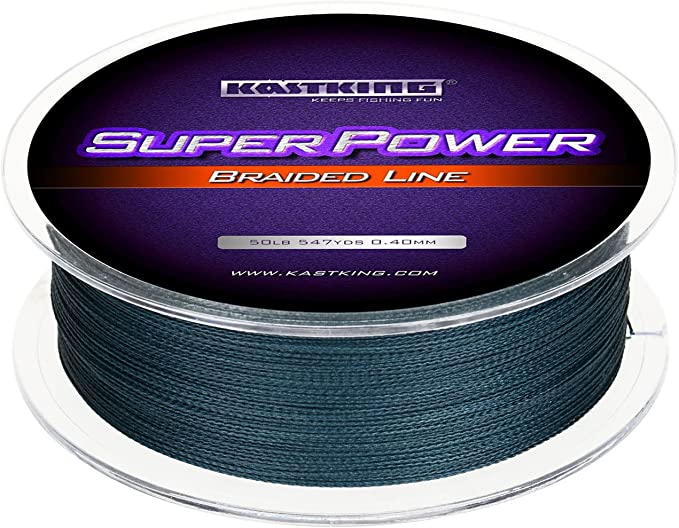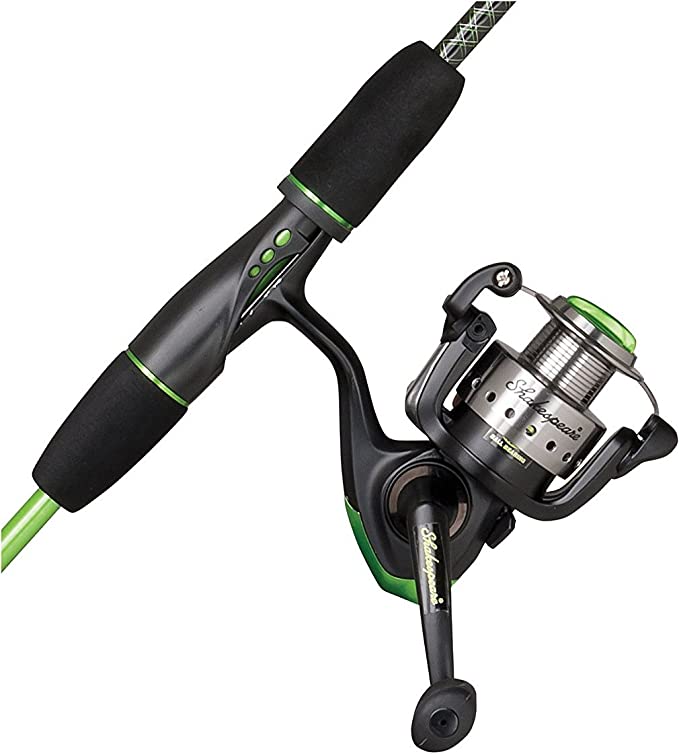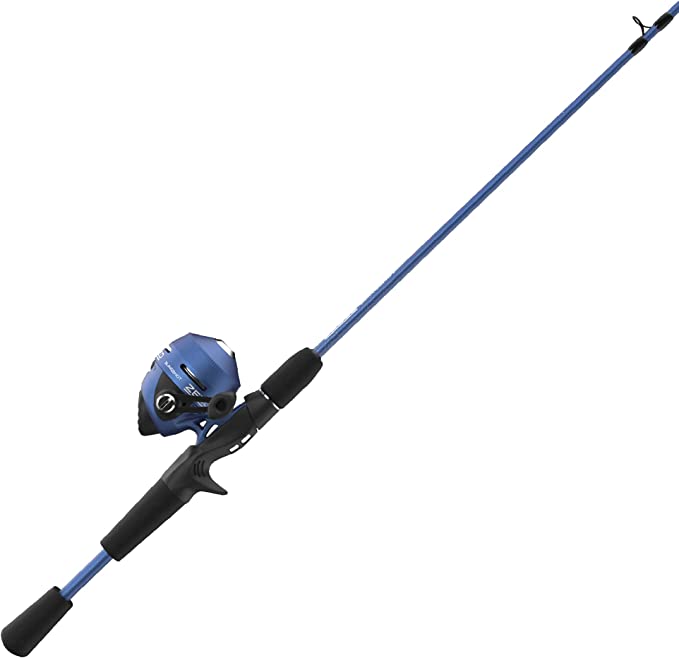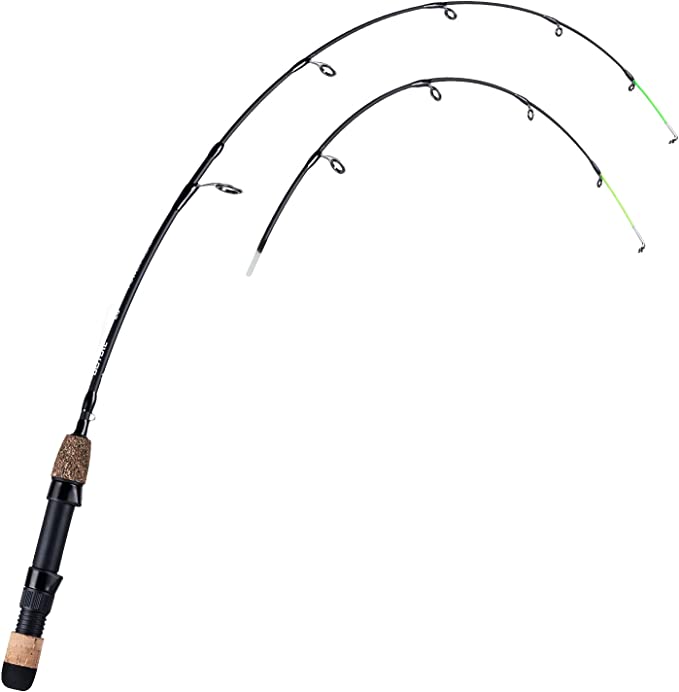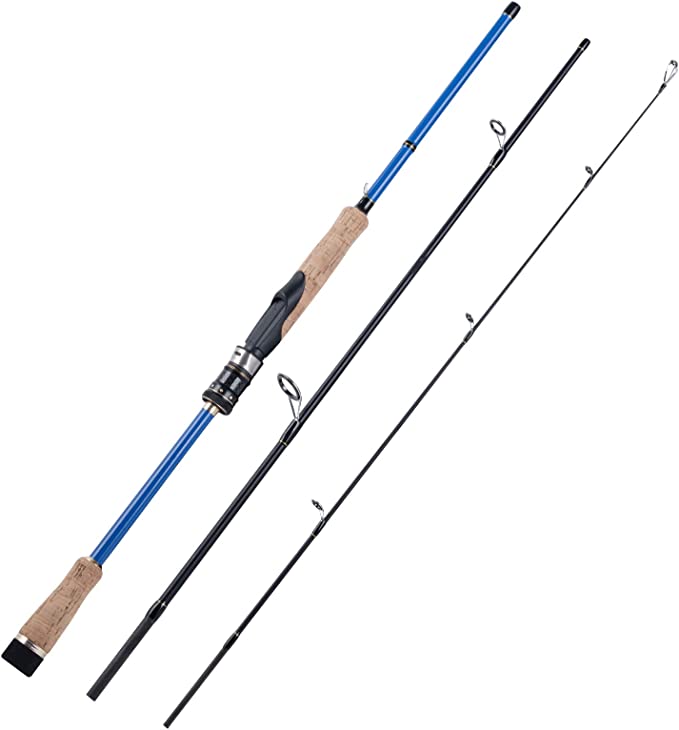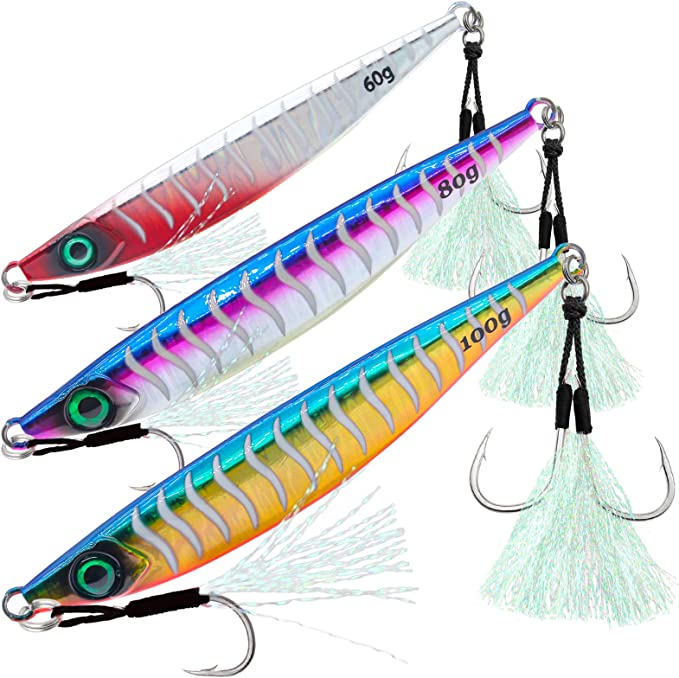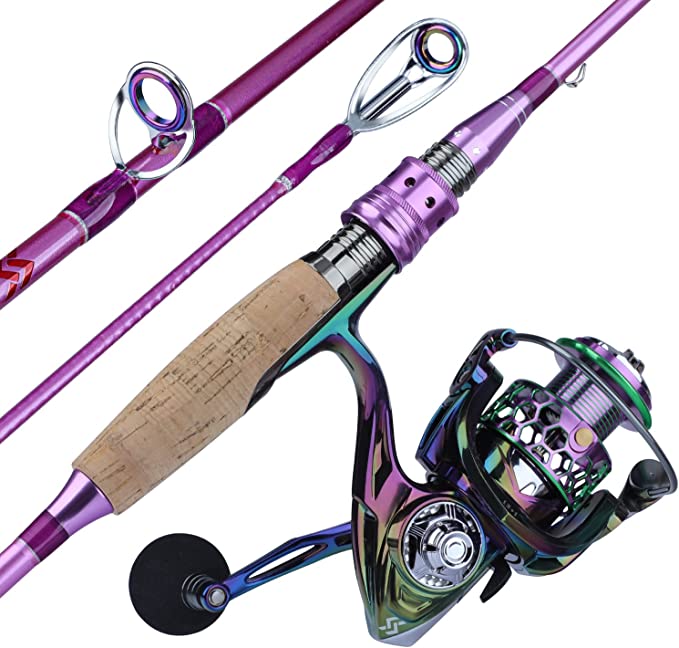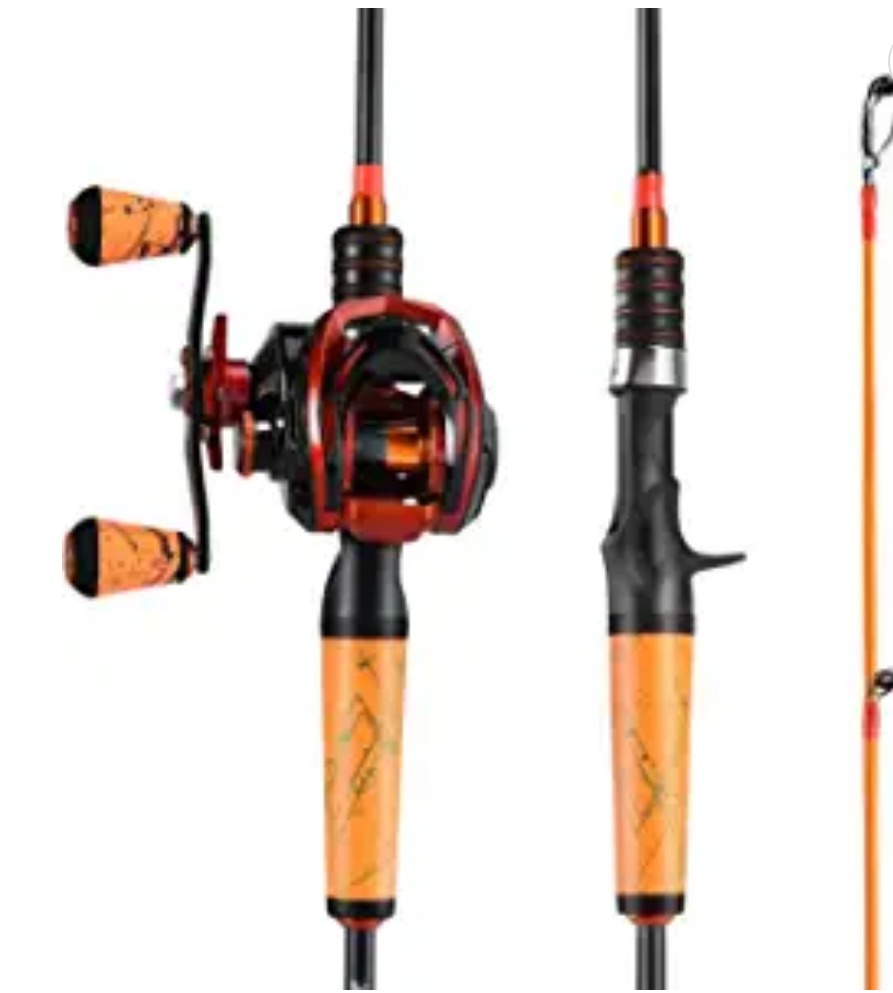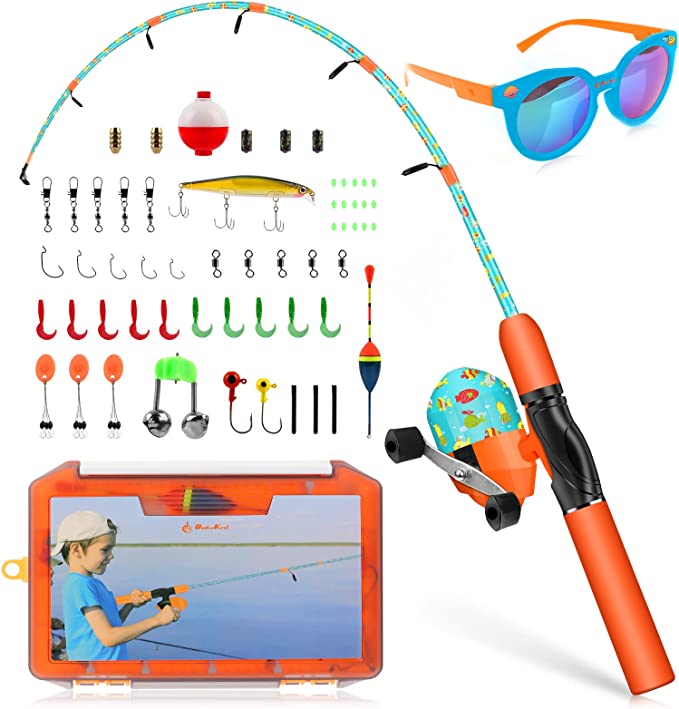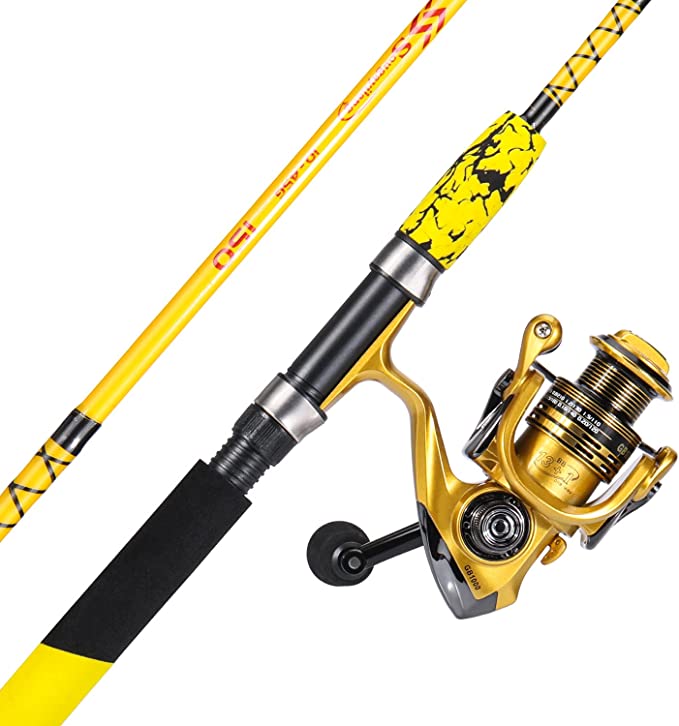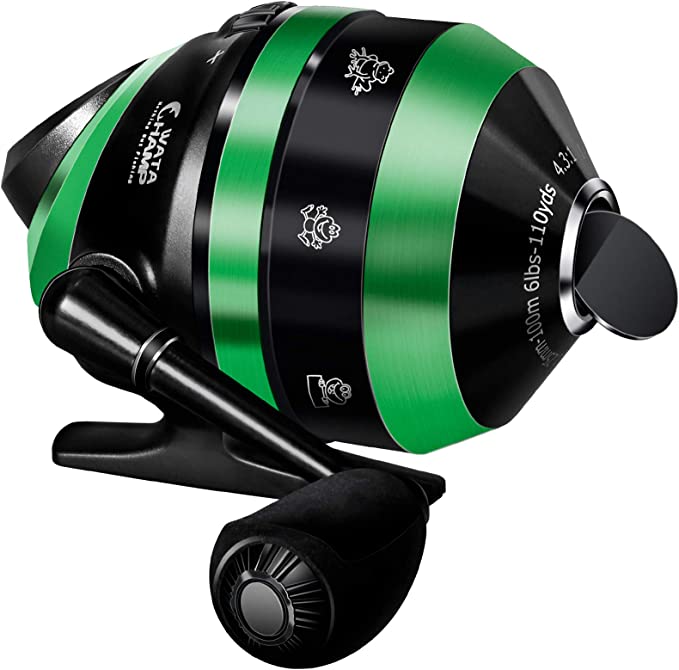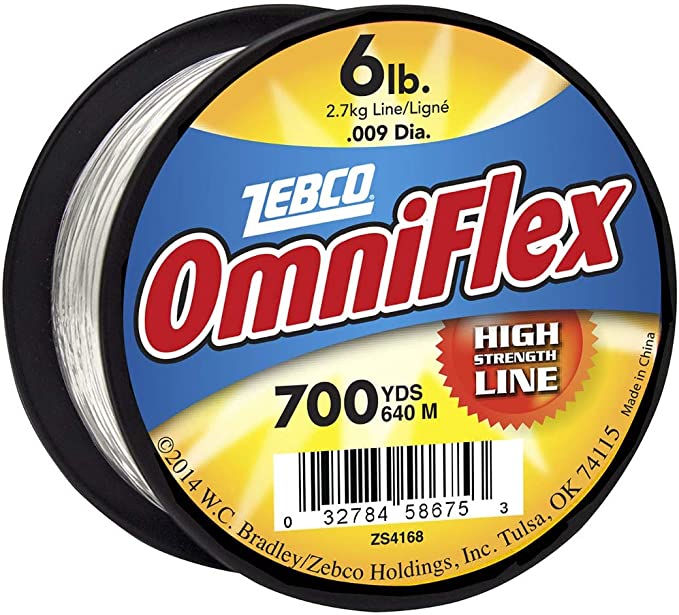The Unseen Connection: How Material Science Reinvented the Fishing Line
Update on Aug. 1, 2025, 2 p.m.
It all comes down to a single, tense moment. The world narrows to the tip of your rod, the silent hum of the line cutting through the air, and the invisible thread that connects you to a hidden world beneath the water’s surface. For every angler, from the seasoned veteran to the weekend enthusiast, this connection is the heart of the sport. And nothing is more heartbreaking than when that connection breaks. A sudden, violent snap, a slackening of tension, and the ghost of a great fish vanishes back into the deep.
We’ve all been there. We blame the knot, the rod, or just bad luck. But what if the story is written in the line itself? That seemingly simple strand is not just a piece of string; it is a marvel of technology, the culmination of a long and fascinating history of human innovation. To understand the lines we use today, like the modern Reaction Tackle Braided Fishing Line, is to understand how science fundamentally reshaped our relationship with the water.
Our journey begins not in a lab, but on the quiet riverbanks of history. For centuries, the link to our quarry was spun from nature itself—painstakingly twisted horsehair or fine, woven silk. These lines were a testament to patience and craft, but they were fickle, prone to rot, and demanded constant care. The true revolution came in 1938, from the industrial cauldrons of the DuPont chemical company. A new “miracle” fiber was born: nylon. After World War II, it flooded the consumer market as monofilament fishing line, and for decades, it was the undisputed king. It was cheap, consistent, and wonderfully forgiving, its inherent stretch acting as a shock absorber against the sudden lunges of a powerful fish.
Yet, this forgiving nature was a double-edged sword. That same stretch that prevented break-offs also muffled the conversation happening at the other end. The subtle tap of a cautious bass, the gentle scrape of a lure over a gravel bed—these faint signals were often lost in translation, absorbed by the line’s elasticity. Anglers were fishing with a delay, perceiving the world underwater through a buffered, indistinct haze. A new kind of connection was needed.
The Material That Rewrote the Rules
The answer came not from a refinement of the old, but from a completely different class of material—a super-polymer known as Ultra-High-Molecular-Weight Polyethylene, or UHMWPE. This is the core ingredient of modern braided lines, and it’s a world away from the plastic in a milk jug. Its power lies in its structure. Imagine a chain so long it seems to have no end. UHMWPE molecules are exceptionally long polymer chains that, through a specialized manufacturing process called gel-spinning, are aligned in parallel, creating immense intermolecular attraction. The result is a fiber with one of the highest strength-to-weight ratios ever created by man.
This isn’t just a marketing claim; it’s a statement of material fact. The very same family of fibers is used to create body armor, cut-resistant gloves, and the massive mooring ropes that hold oil rigs in place against the fury of the ocean. When this technology is scaled down into a fishing line, it gives anglers two profound advantages. First, incredible tensile strength in a shockingly thin diameter. You can pack more, stronger line onto your reel and cast farther. Second, its molecular density makes it exceptionally tough and resistant to the nicks and scrapes that would fatally wound a lesser line. Fishing around rock piles, submerged timber, and oyster beds—the very places where big fish love to hide—is no longer a gamble. It’s a calculated strategy, backed by superior abrasion resistance.
Physics of a Ghostly Touch
But the true genius of UHMWPE braided line isn’t just its brute strength; it’s the sensitivity it unlocks. This brings us back to the problem of stretch. In the language of physics, nylon has a low elastic modulus, meaning it deforms easily under load. A UHMWPE braid has an incredibly high elastic modulus, making it remarkably stiff.
Think of it this way: trying to send a Morse code message by tapping on a rubber band is nearly impossible. The taps are absorbed, the signal lost. Now, try tapping on a taut steel wire. Every tap is transmitted instantly and clearly from one end to the other. This is the difference between monofilament and braid. The near-zero stretch of a braided line transforms it into a highly efficient telegraph system. The faintest vibrations—a fish breathing on your bait, the change from a soft mud bottom to hard sand—travel up the line as distinct, crisp signals. Your fishing rod becomes an antenna, and the line becomes an extension of your nervous system, allowing you to build a detailed mental map of the unseen world below. This is the very essence of fishing science in action.
The Artistry in the Weave
The material itself is only part of the equation. The final performance is dictated by how these super-fine UHMWPE fibers are engineered. They are woven together, or braided, to form the final line. The number of strands in that weave—be it 4, 8, or even more—has a direct impact on the line’s properties. An 8-strand braid, for example, will generally have a rounder and smoother profile than a 4-strand line of the same strength.
This roundness is not just for show. A smoother, rounder line creates less friction as it flies through the guides of your rod, resulting in longer, quieter casts. It also cuts through the water and air with less resistance, giving you more control in windy conditions and cross-currents. Even the challenge of adding color to the line is a scientific hurdle. Polyethylene is chemically inert, making it difficult for dyes to grab hold. The development of colorfast technologies is an ongoing engineering battle to imbue these slick fibers with lasting visibility without compromising their performance.
More Than a Line, It’s an Informed Choice
From the fragile horsehair lines of our ancestors to the advanced polymer braids of today, our unseen connection to the deep has been on an incredible journey. Modern braided fishing line represents a pinnacle of that evolution, offering a fusion of strength, thinness, and sensitivity that was once unimaginable. It allows us to cast farther, feel more, and fish with greater confidence in the most challenging environments.
Understanding the science behind your gear doesn’t strip away the magic of a day on the water. It enhances it. It transforms the act of choosing a line from a guess into a strategic decision. You are no longer just buying a spool of string; you are selecting a finely tuned instrument, designed with specific principles of material science and physics to give you the clearest possible connection to the wild world you seek. And in that tense, beautiful moment when a fish is on, that connection is everything.
